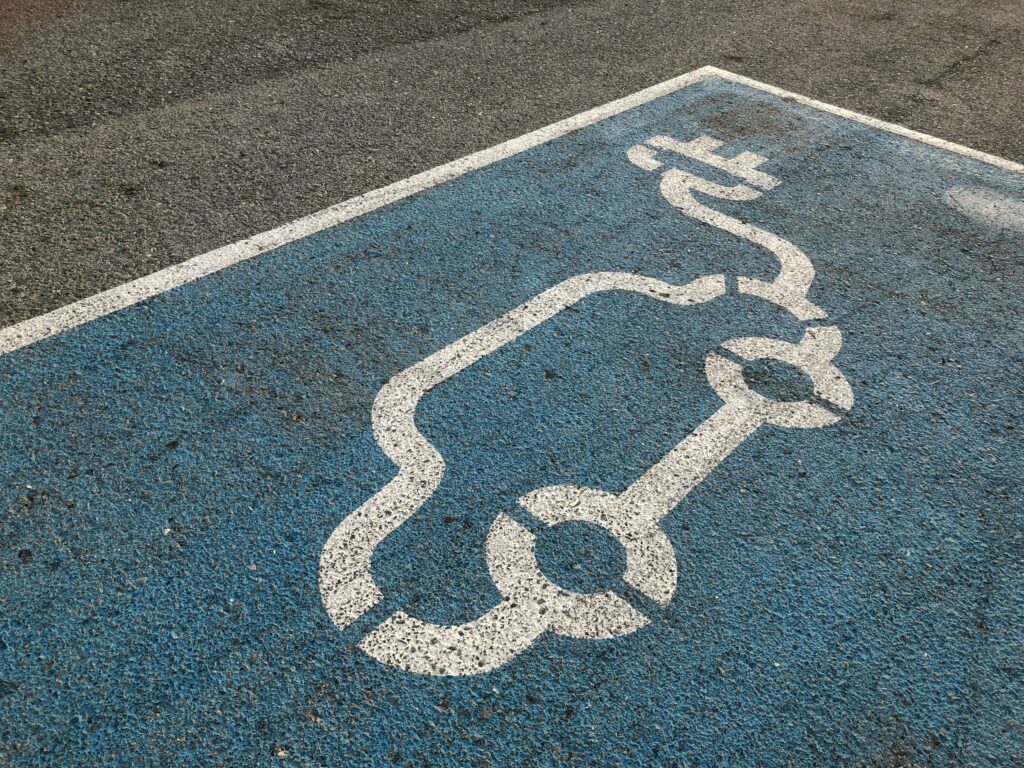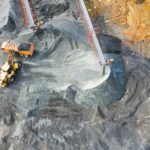The firm commitment to the electrification of mobility is being challenged on a number of fronts putting at risk the achievement of the targets set to reach zero net emissions by mid-century.
The global electric car market has experienced remarkable growth, with over 14 million units sold by 2022. However, there are signs of exhaustion, both in terms of demand and supply. At the end of last year, executives from some of the most iconic brands in the automotive industry declared that the electric car just did not work. This has led companies such as General Motors, Ford, Tesla, Toyota, Mercedes-Benz and Volkswagen to rethink manufacturing targets and sales price, recognising that there is not a large enough customer base to drive demand and return on investment.
Response From The Market
As a sign of this slowdown, sales were down 26% in January this year versus December 2023, suffering from cuts in subsidies or stricter rules in Germany and France, as well as declining sales in China, according to the firm Rho Motion. Another sign, which should not be overlooked, is that leading car rental companies such as Hertz are stepping back from replacing the electric vehicles in their US fleet, some 20,000 cars, by petrol-powered vehicles. This decision comes as a surprise after the company had set a target of electrifying 25% of its fleet by the end of 2024. This decision is due to greater risks in the event of an accident, due to the weight of the vehicle and the instability of the batteries; greater damage and, consequently, higher insurance premiums.
All of the above should lead us to rethink the technological characteristics and innovation mechanisms that are driving this transition. The regulatory frameworks that seek to eliminate the combustion engine in the near future, the subsidies, tax incentives and simplification of procedures that are being worked on to provide a recharging infrastructure that avoids situations such as those experienced in Spain are undoubtedly great tools to drive the transition towards achieving sustainable mobility.
Therefore, the question that should drive innovation is, are we using resources efficiently and analyzing all the impacts derived from this new form of mobility, or is it a race forward where each piece of the puzzle seeks to make the investments made profitable, without considering the overall picture?
Consequences On The Environment
It should not be forgotten that clean energy technologies, including electric cars require more mineral resources than traditional solutions. Mineral extraction has significant environmental impacts, such as soil degradation, water pollution and destruction of natural habitats. Making an electric vehicle requires six times more minerals than a combustion vehicle. Not only the quantity of minerals per vehicle or megawatt is higher, but the number of different types of minerals required is also multiplied. In a combustion vehicle, manganese and copper are the main minerals used, while in an electric vehicle, critical minerals such as lithium, nickel, cobalt, graphite and rare materials are also needed.
As the energy transition progresses, clean energy technologies are quickly becoming the fastest growing demand segment for minerals. According to the OECD, in the period 2010-20, lithium production grew by more than 200% and lithium trade increased by more than 400%. In addition, the price of lithium carbonate rose from $8500/tonne in 2020 to $81000/tonne in 2022. Electric vehicles and energy storage batteries have already displaced consumer electronics as the largest consumers of lithium – and are expected to overtake stainless steel as the largest user of nickel by 2040.
As a consequence of this transition, trading patterns are changing. Countries and companies that traditionally extracted and refined fossil fuels are being replaced by others dedicated to extracting minerals, processing them and building components for clean energy. So far, nothing strange – a natural movement in the business evolution. However, what should invite further reflection is that, in the case of critical minerals, their processing is practically concentrated in one country: China, which puts the resilience of these technologies at stake and puts tension on the geopolitical chessboard. Although China does not mine most of the critical minerals on its territory, it has a huge share of the downstream processing capacity, accounting for more than 65% of all chemical refining, 80% of cathode manufacturing, 93% of anode manufacturing and 79% of battery cell manufacturing.
This situation coupled with an expected even higher growth in clean energy leads to a search for new sources of these minerals and diversification of the supply chain. The current focus is on deep-water mining, between 4,000-6,000 meters deep. It is estimated that 96% of cobalt, 84% of nickel and 79% of manganese are found in underwater deposits. Good news for electromobility, not so good for the environment.
Mining in this environment is much more complex. It involves the use of robots operated by mining vessels. These structures create a much more opaque environment that tries to conceal the environmental impacts of polymetallic nodules destroying the seabed that has taken thousands of years to form, altering an ecosystem that little is known about and even less about the consequences of the impacts on its biodiversity.
Global Market Shifts
Norway is the first country in the world to authorise mining in its waters for commercial purposes and ongoing discussions are happening on how to proceed in international waters. The International Seabed Authority has been working for more than two years to develop a framework to regulate such mining, even though 30 exploration licences have already been granted, including five to China, which is more than to any other country. The authority is expected to give the go-ahead in 2025. When that happens, China will have exclusive rights to excavate an area of seabed roughly the size of the UK. This will give China a powerful advantage, being able to manage the development of technologies when it sees fit – as happened in July 2023 with the microchip wars.
The European Parliament and countries such as Germany, Chile, Spain and some Pacific island nations have joined dozens of organisations in calling for a moratorium on deep sea mining. Companies such as BMW, Microsoft, Google, Volvo and Volkswagen have pledged not to buy deep sea metals until the environmental impacts are analysed. From this point, we can deduce that deep sea mining is something that will happen in the short term, the question becomes:
Why focus on a technology that is being challenged and puts ecosystems, security and energy independence at risk? Is everything allowed in the name of energy transition?
The main automotive brands have made large investments, classified as green or taxonomic, to adapt their factories to the manufacture of electric cars. The search for return on invested capital makes it difficult to focus on other technologies that contribute to guaranteeing energy independence and national security. However, the wind of change seems to be blowing. At the end of March, the European Union gave the green light for the continuation of the sale of combustion vehicles, initially banned from 2035, as long as they use synthetic fuels, thus allowing their use sine die, giving a strong boost to the manufacture of zero-emission fuels.
Conclusion
This is a clear sign that there is no one-size-fits-all solution to mobility. The best answer is, in fact, a mix of different types of vehicles that allows for an efficient use of resources, limiting mineral dependencies and reducing waste. Waste which, by the way, is choking us and for which, at the moment, very few are racing for.

Susana Gallego
Susana has a degree in Industrial Engineer from the UVA and MBA from INSEAD. She is Certified ESG Analyst by EFFAS and Global Chief Communication Officer by ESADE.
She has more than 20 years of international experience in Telecommunications (Telefónica Group) coordinating teams in 17 countries, in areas as Quality, Digital Transformation, Competitive Intelligence, Sustainability and Corporate Reputation. She has positioned Telefónica as an international reference on Human Rights, Responsible Supply Chain, Privacy and Stakeholder Engagement.
Susana has experience in consultancy, and currently, she is a Senior Advisor on Sustainability, as well as the coordinator of the online Professional Certificate on Sustainability at MIT Professional Education. She is also collaborating with Social Investor, the reference online media for sustainable investment.






